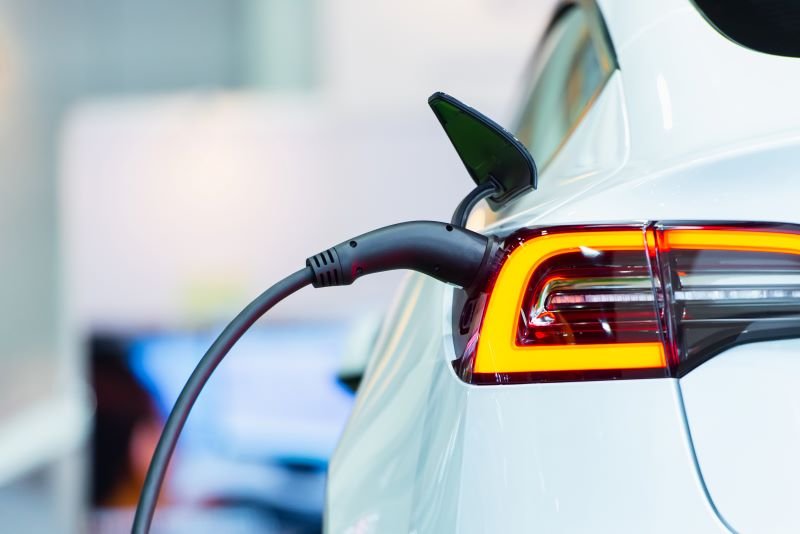Get Healthy!

- Cara Murez
- Posted April 17, 2023
Electric Car Chargers Safe for Folks With Heart Devices: Study
Cars are going electric at record speed, but are the high-powered charging devices the cars need safe for people who have implanted heart devices?
Yes, claims new research that also found home car chargers are likely also safe, as long as the person with the defibrillator or pacemaker does not stand next to the charger for long periods of time.
"This study was designed as a worst-case scenario to maximize the chance of electromagnetic interference. Despite this, we found no clinically relevant electromagnetic interference and no device malfunction during the use of high-power chargers, suggesting that no restrictions should be placed on their use for patients with cardiac devices,"said study author Dr. Carsten Lennerz, of the German Heart Centre Munich.
Between 1 million and 1.4 million pacemakers will be implanted globally in 2023, according to the study authors. People living with one have an average life expectancy of 8.5 years. That means that about 8 million to 12 million people have pacemakers worldwide. Another 150,000 to 200,000 receive an implantable cardioverter defibrillator each year.
While older and home chargers use alternating current (AC), new chargers use direct current (DC), which allows for higher-power delivery, the researchers noted.
A greater charging current can mean a stronger magnetic field and a higher risk of electromagnetic interference, but there have been no official recommendations on the use of high-power chargers for patients with heart devices. The concern was that the high-power chargers could cause the pacemakers to lose pace or defibrillators to deliver painful shock therapy by accident.
"The new high-power charging stations for electric cars have the potential to create strong electromagnetic fields and cause electromagnetic interference in pacemakers and defibrillators, leading them to malfunction,"Lennerz said.
"We previously investigated the risk of electromagnetic interference with cardiac devices while driving electric cars and found that the largest electromagnetic field was located along the charging cable. This was the first study to examine the risk of electromagnetic interference in patients with cardiac implantable electronic devices while using high-power chargers,"he explained.
The researchers studied this with 130 patients who had a pacemaker or defibrillator. Their average age was 59. About 21% were women.
Four fully electric cars capable of high-power charging were used during the study.
These cars cannot take the maximal charge of 350 kW. It is highly likely that future electric cars will take the highest charge, so the researchers also used a test vehicle that could draw 350 kW from the high-power chargers.
The study participants had their cardiac devices programmed to optimize detection of electromagnetic interference. They were then asked to plug in and charge each car with the charging cable placed directly over their cardiac device to maximize the likelihood of electromagnetic interference.
Patients were monitored for any malfunction of their device, such as a failure to deliver pacing therapy or inaccurately sensing abnormally fast heart rhythms.
The researchers also checked the cardiac devices for any change in their programming or damage after charging the cars.
During the study, 561 charges were performed. The investigators saw no adverse events caused by electromagnetic interference.
The findings were published online April 17 in the journal EP Europace, a journal of the European Society of Cardiology (ESC), and presented at EHRA 2023, a scientific meeting of the ESC.
"Patients with cardiac devices can be reassured that charging electric cars with high-power chargers is safe,"Lennerz said in an ESC news release. "The risk of malfunction of pacemakers and defibrillators is extremely low in this situation. Sitting inside the car or standing next to the charging cable or charger is also safe. However, we would recommend not placing the charging cable directly over the cardiac device to maintain distance from the charging elements."
More information
The American Heart Association has more on pacemaker and defibrillator interference.
SOURCE: European Society of Cardiology, news release, April 17, 2023

